|
School is ending for some places, but other places have another few weeks to go before summer break. This is a time when energy is waning and kids are getting restless and distracted. Here are some ideas for ending the year with fun while still learning. Get OutdoorsWe have been cooped up for months and we are itching to get outside. So are the kids. Take advantage of the weather and take learning outdoors. See my last post for ideas for math and social studies that you can do outdoors. Outdoor activities don't all have to be linked to academics. This is a great time to get active with gym ideas, musical games, science experiments, and just having fun as well. It is also a great time to get kids used to the idea of doing things outside to expand and practice their learning during the summer. Science ProjectsThe end of the year can also be a great time to get creative with projects. Science projects are a great choice because they can be done outdoors as well as indoors. Check out this one that my grandson's class did last year. Board Games CreationCreating board games for math or social learning situations can also be fun. These can be partner activities or team activities and once the games are created, you could have a games day where the different board games are played. This free template can be used for creating different games or activities. Create Memory Books Or TimelinesCreate a timeline or a picture walk down memory lane. It is amazing to look back at everything that was done during the year, and creating a picture timeline will help with revisiting some of these special times and all the successes that were part of the year. This could also be done as a memory book or annual that could be taken home for looking back at throughout the years. An autograph or comments page could also be added so that each person could share some special thought or comment. School Fun DaySchool fun days are another popular event for year end. The senior students could create the different activities and run the events for the primary students in the morning, and then have their own events or challenges in the afternoon or on another day. Beach DayBeach days for the whole school or groups of classes are another popular choice for year end. Our school often did a school-wide beach day with many different activities and games. However, because it was the ocean, there was limited access to being in the water because of the large numbers of people to supervise. In recent years, they went to the lake instead and had roped off areas so the kids could go into the water. There were lifeguards hired for the day to monitor the areas. Seashore StudyWe are fortunate to live within walking distance from the ocean so I would take my class to the beach for a seashore adventure and a hot dog roast every year. This was a great time to do scavenger hunts, study in the tide pools, and just enjoy nature. It was a great culminating activity to our study of sea life. It was also fun to have a campfire on the beach and roast hot dogs and marshmallows. Many parents came along to join us, so it was a family event. If you have access to the beach, I highly recommend trying this. These are only a few suggestions to wrap up the year with fun and review. I hope they help to provide some inspiration as you come to the end of another school year. Related PostsThe sunshine is here and kids are anxious to get outside, so why not take advantage of this and do some outdoor math activities and other lessons? Many different subjects can be done outside the classroom walls if you add in some creativity and movement. Here are 5 fun ideas for teaching math and social studies outdoors. Taking Measurement OutdoorsMany classes study measurement in the spring. A culminating activity for this could be an outdoor event where teams practice linear measurement. Here is a resource that might help. Outdoor Measurement Games Team Events Working With Time And RacingIf you teach time in the spring, perhaps you could go one step further and introduce stopwatches. Timing different events can be fun and many different devices actually have stopwatches on them now. You could have a fun day with different activities that need timing, such as running, filling different containers, wheelbarrow races, etc. You could also set a time to beat and have the kids do activities that have to beat the time. For older children, comparing times, looking at the data and maybe even figuring out elapsed time could also be included. Because the kids are having fun and moving around, they won't realize that they are studying time, but they will be applying skills to real world situations. Taking Mapping Skills OutdoorsReading maps and understanding them is still an important skill in today's digital age. Many people rely on the maps feature in their vehicle or on their phone to get them from point A to point B, but they don't have a clear understanding of how to read maps on their own. Learning how to use mapping skills like directions and grids helps when using maps at places that don't have a digital option. For example, when you go to certain amusement parks, zoos, or other events that have activities and events spread out around the grounds, being able to follow a map is important. Just think of all the maps in malls, at parks, or even at visitor centers that have "You Are Here" indicated on them. Can you follow directions from there to get to where you want to go? Teaching kids how to use these skills in practical settings requires practice. Here is a chance to get outside and actually try to use them to find things, locate different areas, and be able to help others to find them too. Creating maps of the neighborhood or school grounds can also work as practice using grids, directions, and even symbols and legends. Here is a resource that may help. Mapping Skills Using Grids Using Grids And Working With ScaleUnderstanding how scale works is an important skill when interpreting maps, blueprints, house plans, and other documents. A great way to practice doing this is using grid paper and measuring the perimeter or area of an object and then drawing it on the paper. It is important to indicate what the size of each square is so that the measurements match what is drawn on the paper. You could choose the school yard, playground, surrounding neighborhood or any other area or object for your topic. Here is a resource that may help with understanding perimeter and area along with some activities to practice using both. Perimeter And Area Solving Math Word ProblemsWord problems can be especially challenging for some kids, so taking them outdoors and actually doing some hands on work with them might help. I remember creating puzzles when I was geocaching that required people to solve math questions using objects in the park in order to find the coordinates. Something similar could be done in the school yard. For example, check out and find all the trash containers, swings, trees, signs, basketball hoops, hopscotch or foursquare marking, etc. Using these objects around the school yard, create math word problems that must be solved. You could work in pairs, individually, or even in teams to solve them. The Sky's The LimitThese are only a few of the different activities that can be done outdoors to work on math and social studies skills. Depending on what you are studying and how creative you are, there are many others that can be done as well. So get outside, have fun, and keep the learning going. Related PostsSpring is here and so are the baby chicks, butterflies, and salmon fry. It is always so much fun to see these little animals as they appear in primary classrooms. The kids get so excited when they arrive and they want to check on them constantly. Many other baby animals are born or hatched in the spring as well. This is a great time to do research on animals. Life cycles of animalsUnderstanding animal life cycles is an important part of the broader study of life science. Many animals have fascinating stories in their transformation from egg to adulthood. Their journeys from egg-stage to adulthood have different processes depending on the kind of animal. Not only is the actual life cycle interesting to study, but also the habits and behaviors of the animals and the habitats in which they live. What are habitats?Habitats are the homes and natural environments where animals live and thrive. They range from deserts to forests, oceans to grasslands. They are special places where animals live, eat, and sleep. Every habitat has its own unique features, like temperature, terrain, and resources. Why are habitats important?Habitats provide food, shelter, and safety to animals. Plus, they play a crucial role in the balance of our ecosystem. Each species comes with its own set of needs and requirements that must be met in order for it to grow into a healthy adult. Different habitats and environments play an important role in this. As we explore the life cycles of animals, we can see how their habitats impact their lives. Some animals, like birds, build intricate nests to protect their eggs, while others, like kangaroos, carry their babies in a pouch. It's fascinating to see how different animals give birth, whether it's by laying eggs, hatching from an egg, or live births. In life science, we learn about the different stages of an animal's life, from birth to adulthood, and how they use their habitats to thrive. If you are looking for some resources about life cycles of different animals that can be studied at school, check out the resources below. Life Cycle Of A Chicken Life Cycle Of A Salmon Life Cycle Of A Frog Life Cycle Of A Honey Bee Life Cycle Of A Butterfly Poster And Activities Animals need specific things like food, water, and shelter to survive and thrive. Whether an animal lives in the ocean, the forest, or even in your own backyard, its habitat plays a crucial role in its life cycle. Plants also rely on the environment for survival. They thrive in different kinds of habitats just like animals do. Animals rely on the plants for food. Studying the life cycles of plants as well as animals help us to see how they depend on each other. Grab a free copy of this life cycle template that can be used for animals or plants. If you are looking for templates to do research on animals, check out these templates. I used these templates as graphic organizers when my students did powerpoints about their animals. Whether they are studying animals or plants, kids will find out fascinating information and hopefully they will have a better understanding of how important it is to protect the environment and the habitats of these living things. Related PostsSpring time is here with it's changing weather and new life everywhere you look. This year the saying April showers bring May flowers is very true. We are still waiting for the warmer weather and more sunny days, but we do get hints of this every so often. This is the perfect time for planting seeds inside and watching them grow. Kids are always amazed to see the first sprouts and watch the little seed turn into a plant. These plants can also be taken and placed in the garden when the weather warms up. I still hear from former students about the beans or tomatoes they harvested from their little seed that they planted in class. Different ways to plant seedsIf you are looking to do more with your seed, there are various ways to plant it so that the kids can observe it's transformation. Here are some methods we used successfully in my classroom. One method that was fun to do with my students was the CD case method. We took empty CD cases and added some soil and the seed into the case and then made sure that the soil was moist. We placed the cases in a dish rack in a sunny place. Periodically we added a little more water to keep them moist. The clear cases made it easy to see the seeds sprout. Once the leaves started to form, we transplanted the seedlings into pots so they could continue to grow. Another method we used was peat pucks in a tray. We moistened the peat pucks so that they expanded, and then we placed the seeds in the center of the pucks. We kept them in a tray and watered them regularly so they didn't dry out. When they sprouted and started developing leaves we placed the puck in a pot with soil in it so they had more room to grow. Planting seeds in eggshell pots is another great idea. They can be transplanted with the eggshells right into the garden when they are ready. Of course, there is always the more traditional method of adding soil to a small pot or cup and placing the seed in the soil. This is easy to do and it saves transplanting the seedling multiple times. It also works well as a gift for mothers on Mother's Day. What do plants need for growing?There is more to planting the seed and just letting it grow if you want your students to understand what plants need and how plants grow. Sometimes this can be demonstrated by having a seed that doesn't get what it needs as a visual reminder. Perhaps it can be placed in a spot where it doesn't get sunlight, or maybe it can be left to dry out. Another option is to overwater it so that the seed rots and doesn't grow. Here is a resource that helps kids to learn about plants and their needs. It uses pictures and a small written exercise to help kids understand. This will help them take steps to make sure their plants needs are met and that they grow into healthy plants. To make growing plants more interesting, it helps to keep a journal of what is happening. I created this little observation journal for our bean plant and it was a great reminder of all that happened as the seed grew into a bean plant. I also created a more generic journal that can be used with other plants. You can get a copy here. There are so many different types of plants that kids can grow and study. Learning about the different life cycles and how the different types of plants grow is surprising for some kids. You can check out several different plant life cycles and resources here. I hope your students enjoy learning about plants as much as mine did. Happy planting! Related Posts |
About Me Charlene Sequeira
I am a wife, mother of 4, grandmother of 9, and a retired primary and music teacher. I love working with kids and continue to volunteer at school and teach ukulele. Categories
All
|
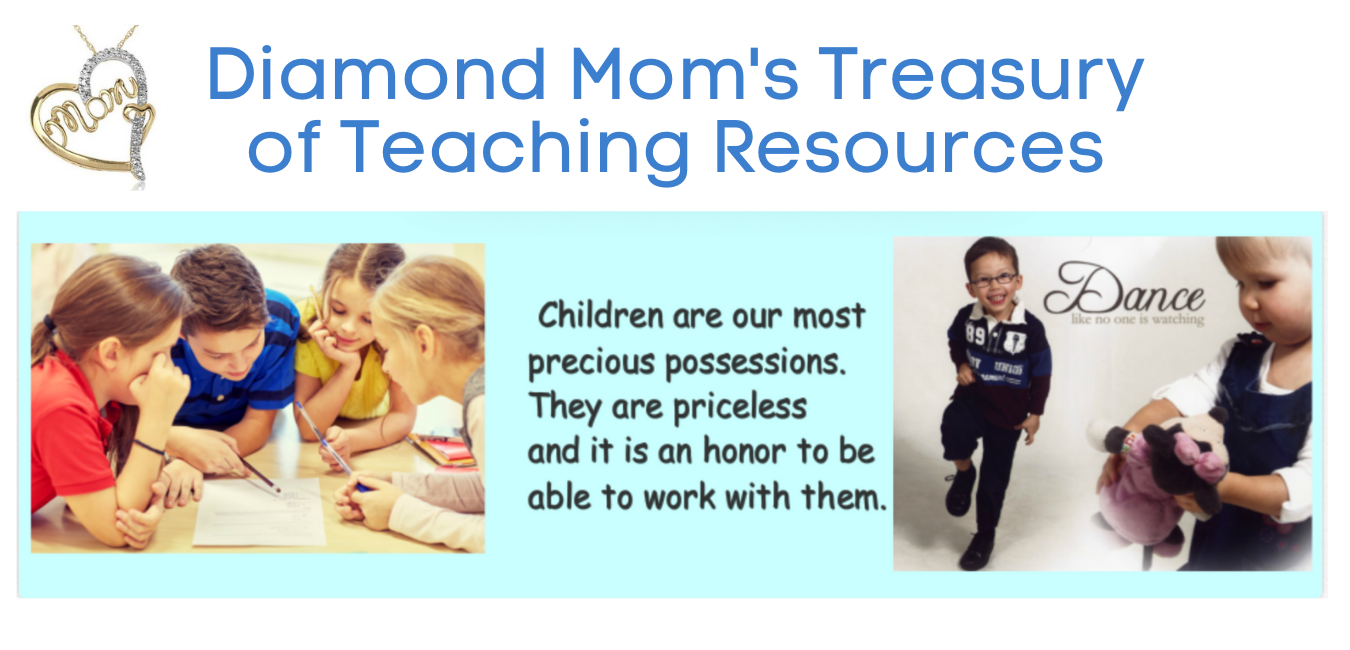

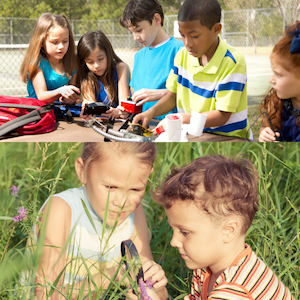
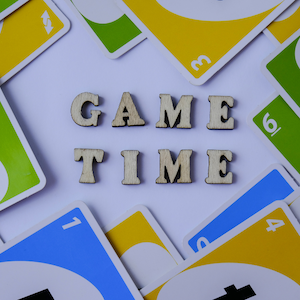
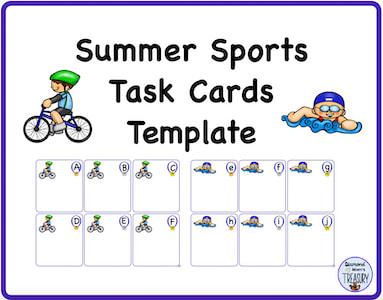
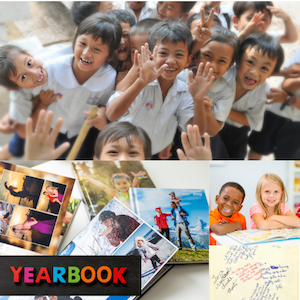
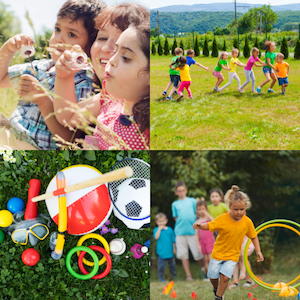

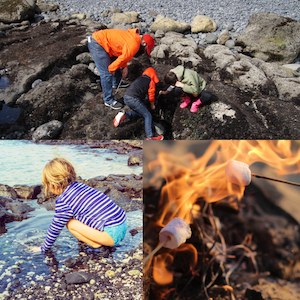
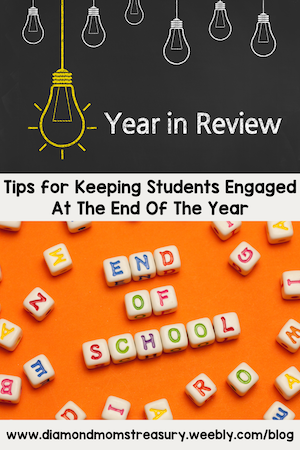


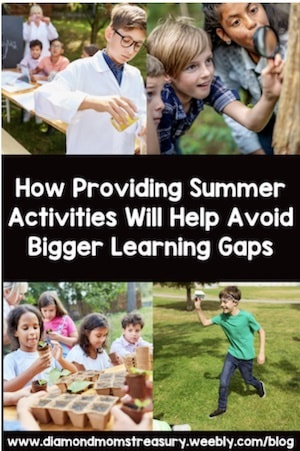
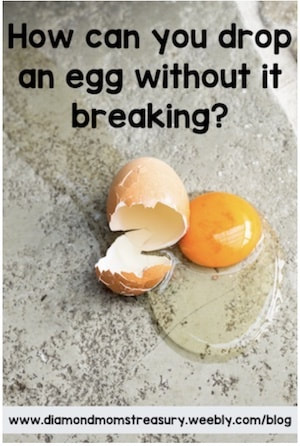
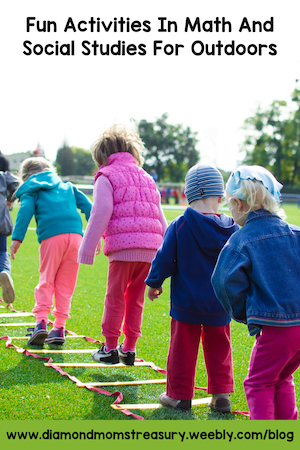
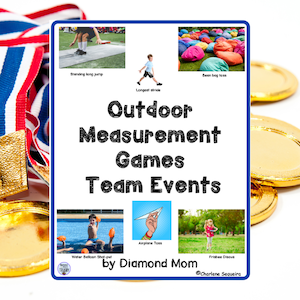
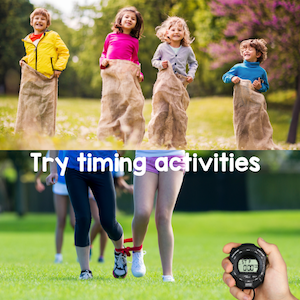
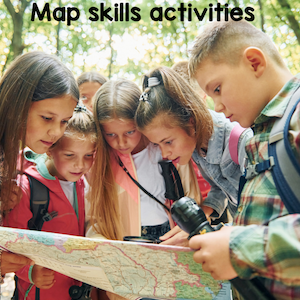
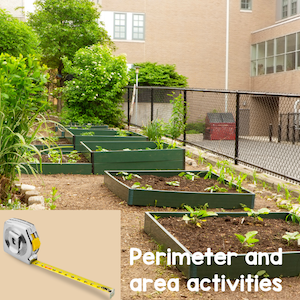
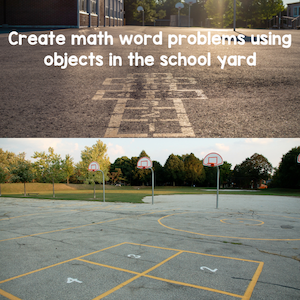
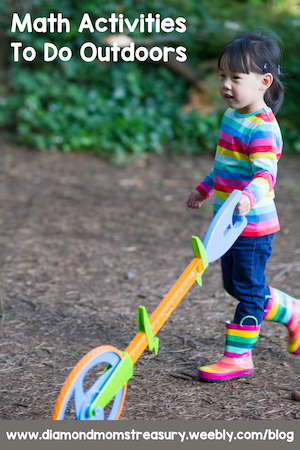
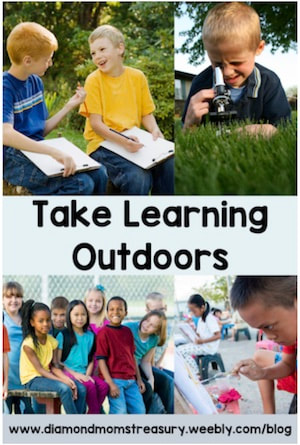
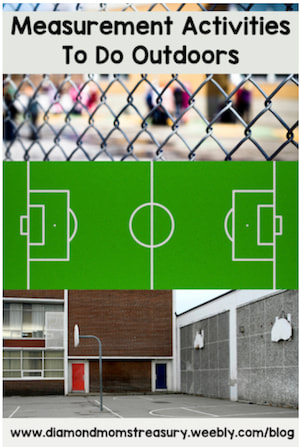

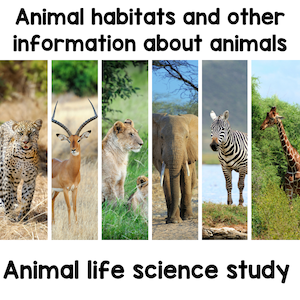
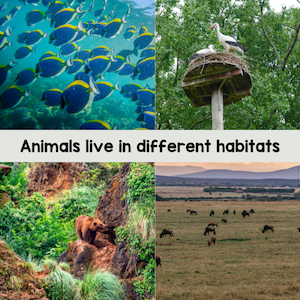
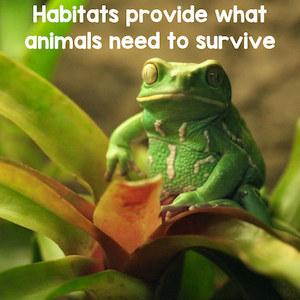
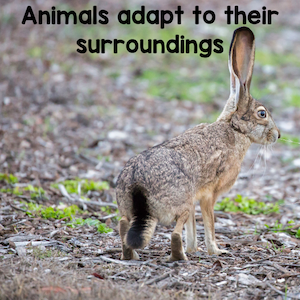
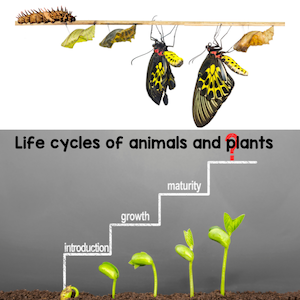
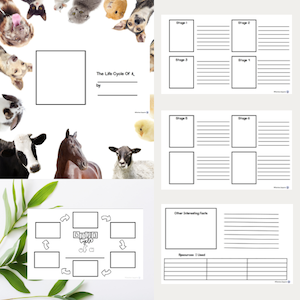
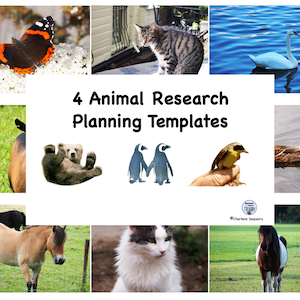
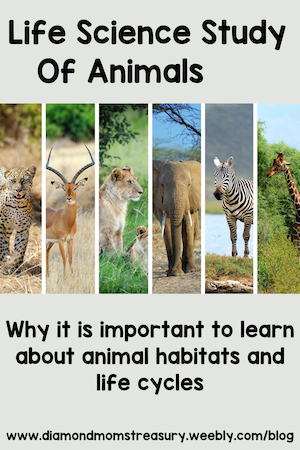


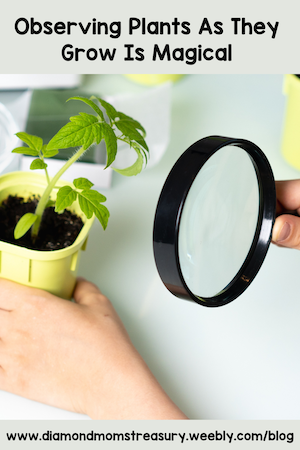
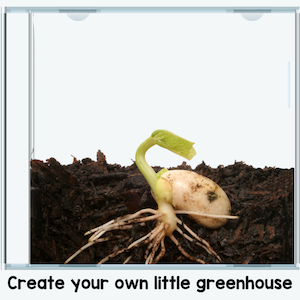
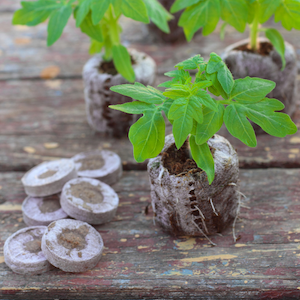
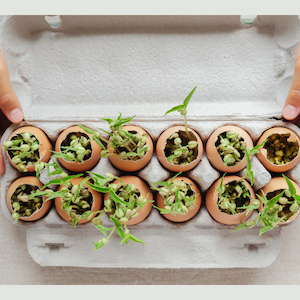
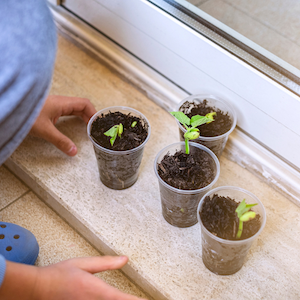
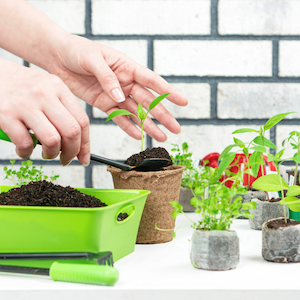
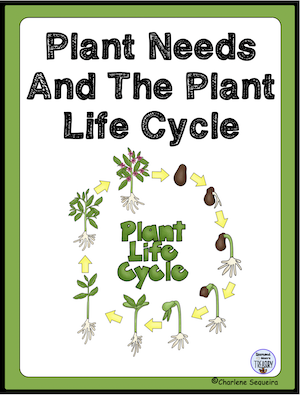
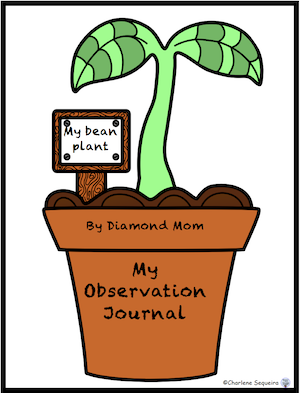
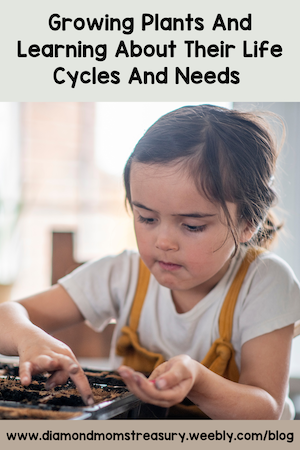
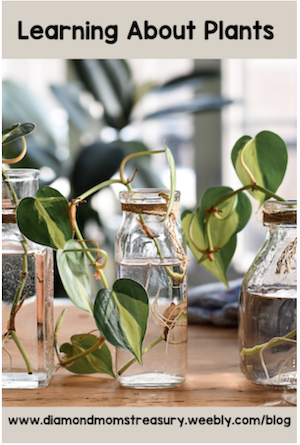
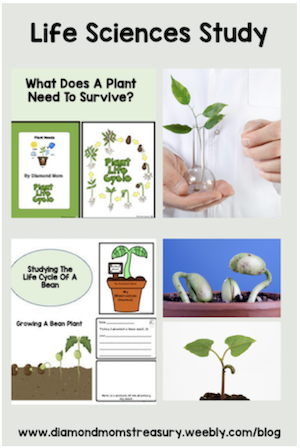



 RSS Feed
RSS Feed